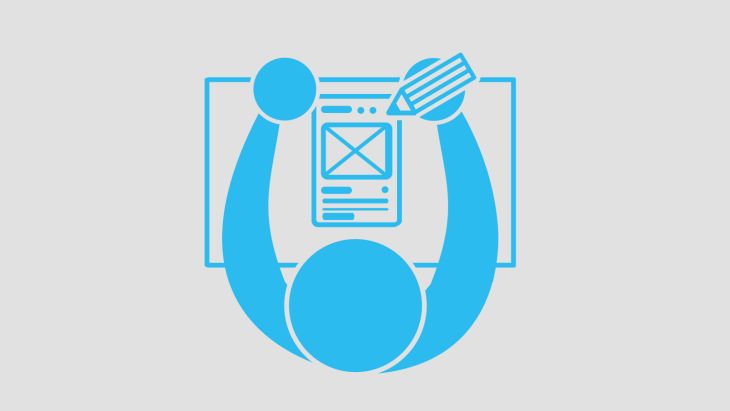Is it a crime to browse design inspiration websites?

Design crackers
Christmas crackers rarely form the basis of a design post (by rarely I mean - never). However, this year my cousin James opened up this cheesy gem of a 'proverb' from his cracker.
"Life can only be understood by looking backwards, but it can only be lived moving forwards."
We all laughed at the contrast between what he read out and the 'why did the chicken cross the road' jokes the rest of us had. But it is actually true of design inspiration.
You work on projects that will be released in the future. But the only concrete evidence you have to support your design decisions will be in the past.
Maybe that was an unnecessarily deep and flowery intro... But the point is, when you're designing it's important you don't do it in isolation.
Look around at how other people have tackled similar problems. How have they succeeded? How have they failed? You need to keep your eyes open and learn from these things.
Visual stigma
I often get the impression that there's some sort of stigma attached to looking for visual inspiration. As if you're not a 'real artist' unless you can come up with ideas in the dark in complete solitude. That's ridiculous.
Sometimes it feels like I'm cheating by going to design inspiration websites. I guess because I think they're going to do the work for me. As if they're going to come up with the ideas for me. Of course, that's not even close to being true.
Looking at inspiration is not the same as creating good work. It's a tool to help you along the way.
Don't worry, you can keep a folder of visual inspiration on your desktop. It is not the same as copying, stealing or plagiarising.
Where to?
So, aside from the things we observe in the real world, where do we go at Brightec for our visual inspiration? Well I think all of these statements are true for UI designers.
There's no shame in going to Designspiration to see what other people have done with the colour palette you're working with. How you handle your colours is important.
There's nothing wrong with browsing through Android Niceties and learning from other designers who have tackled Android UI.
Using Noun Project for iconography inspiration is not a crime. In this instance particularly, icons actually benefit from looking similar to each other (see Focus on Iconography article).
Spending a few minutes on Behance is good for your craft.
Its a good idea to keep an eye on Pttrns and to understand their current UI trends.
I normally design digital products, but I highly recommend subscribing to a physical magazine. I'm currently reading Eye Magazine and loving it, it has totally re-motivated me to be good at my job.
Raise the game
Looking at good work is not the same as plagiarism. That's a conscious decision you make as you design. You aren't going to these sources of inspiration to recreate what you see. You're going there to raise the game of your existing concept, or to help out when you're stuck in the mud.
But with all this remember that a beautiful interface isn't gonna make the user happy if the UX underneath it is wrong. You will have simply rolled the turd in glitter.
As Ed Catmull says in his exceptional book on creativity:
"For all the care you put into artistry, visual polish frequently doesn't matter if you are getting the story right."
Make it yours, make it work, make it look amazing.
Looking for something else?
Search over 450 blog posts from our team
Want to hear more?
Subscribe to our monthly digest of blogs to stay in the loop and come with us on our journey to make things better!
